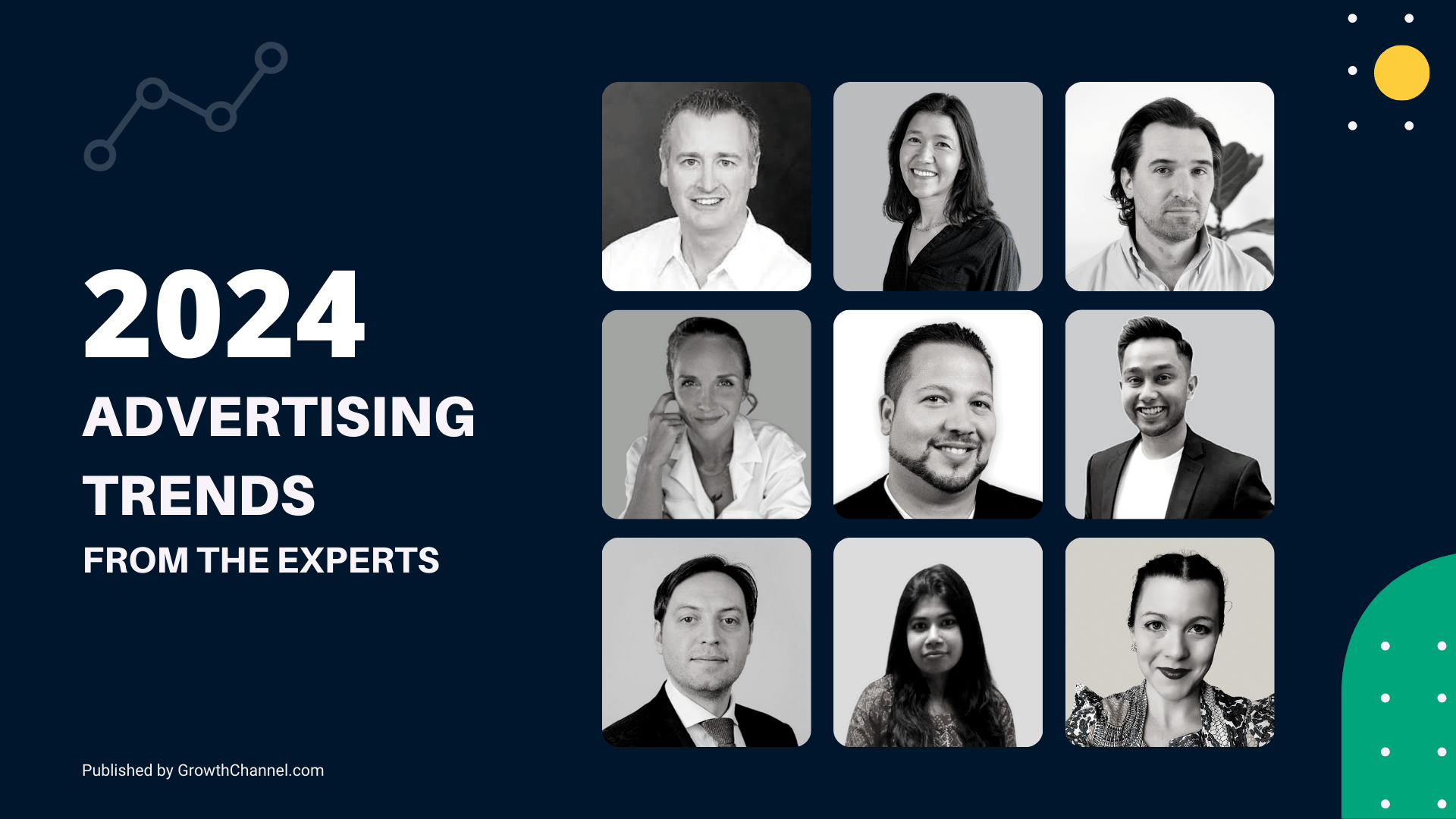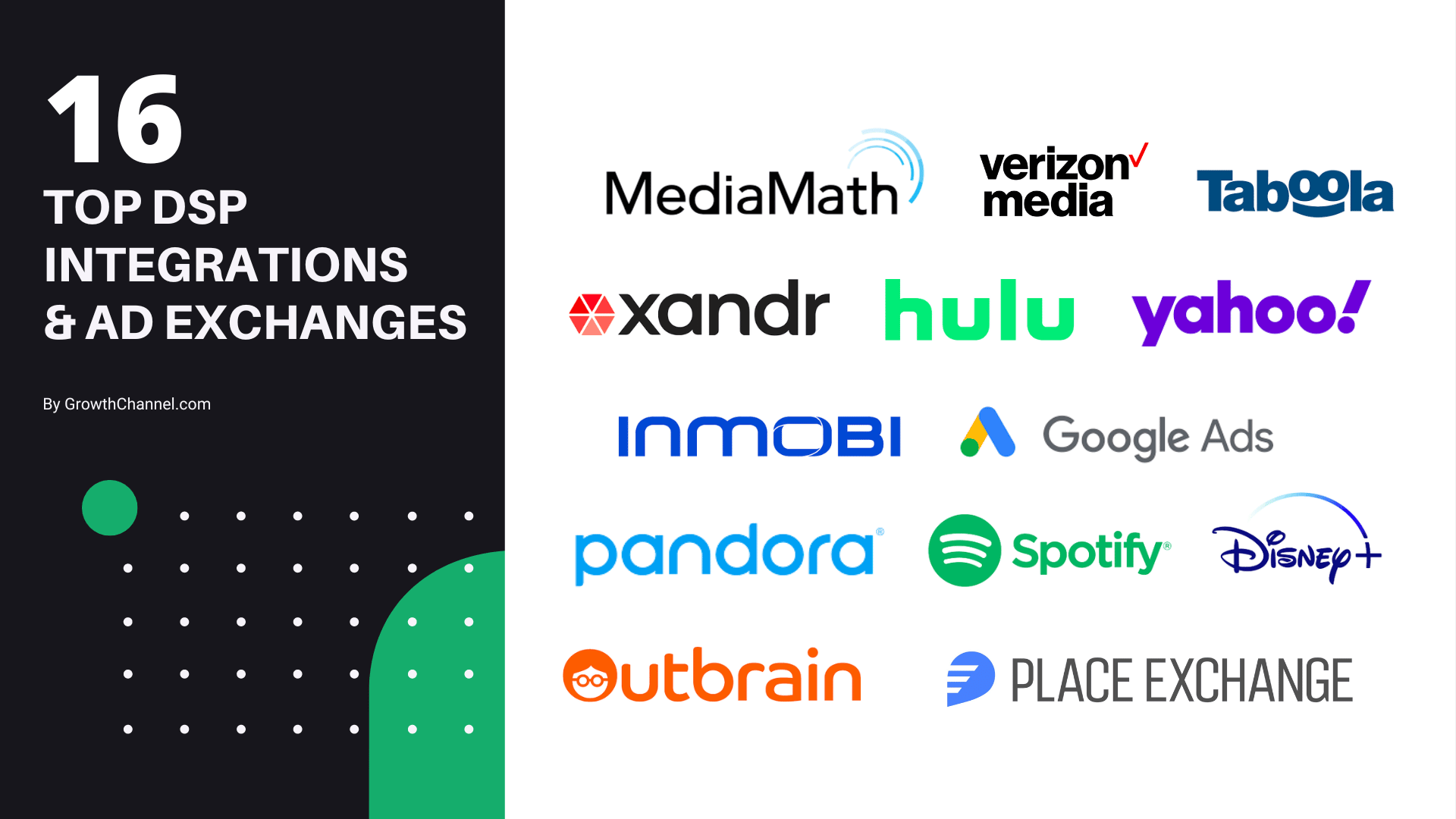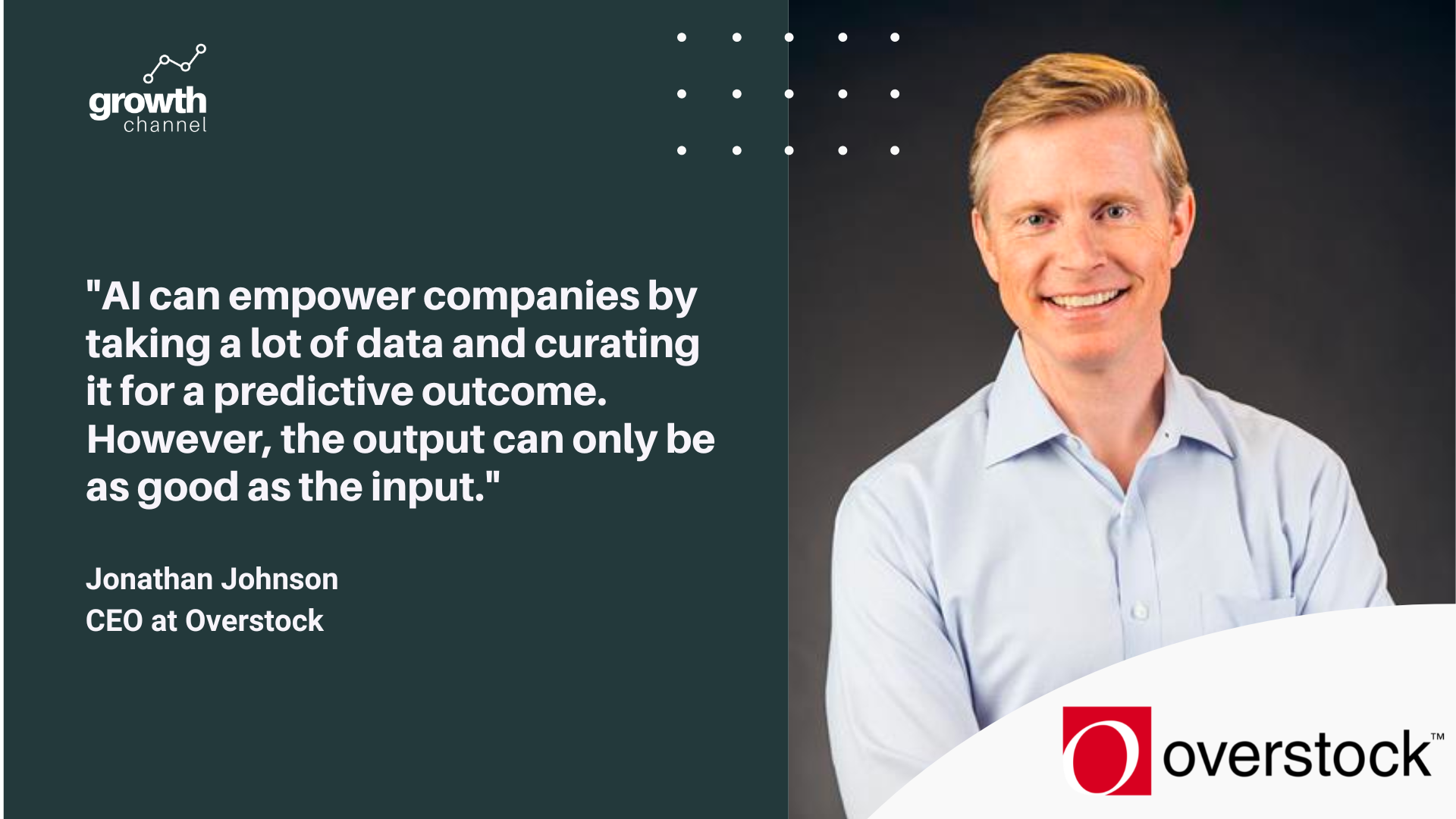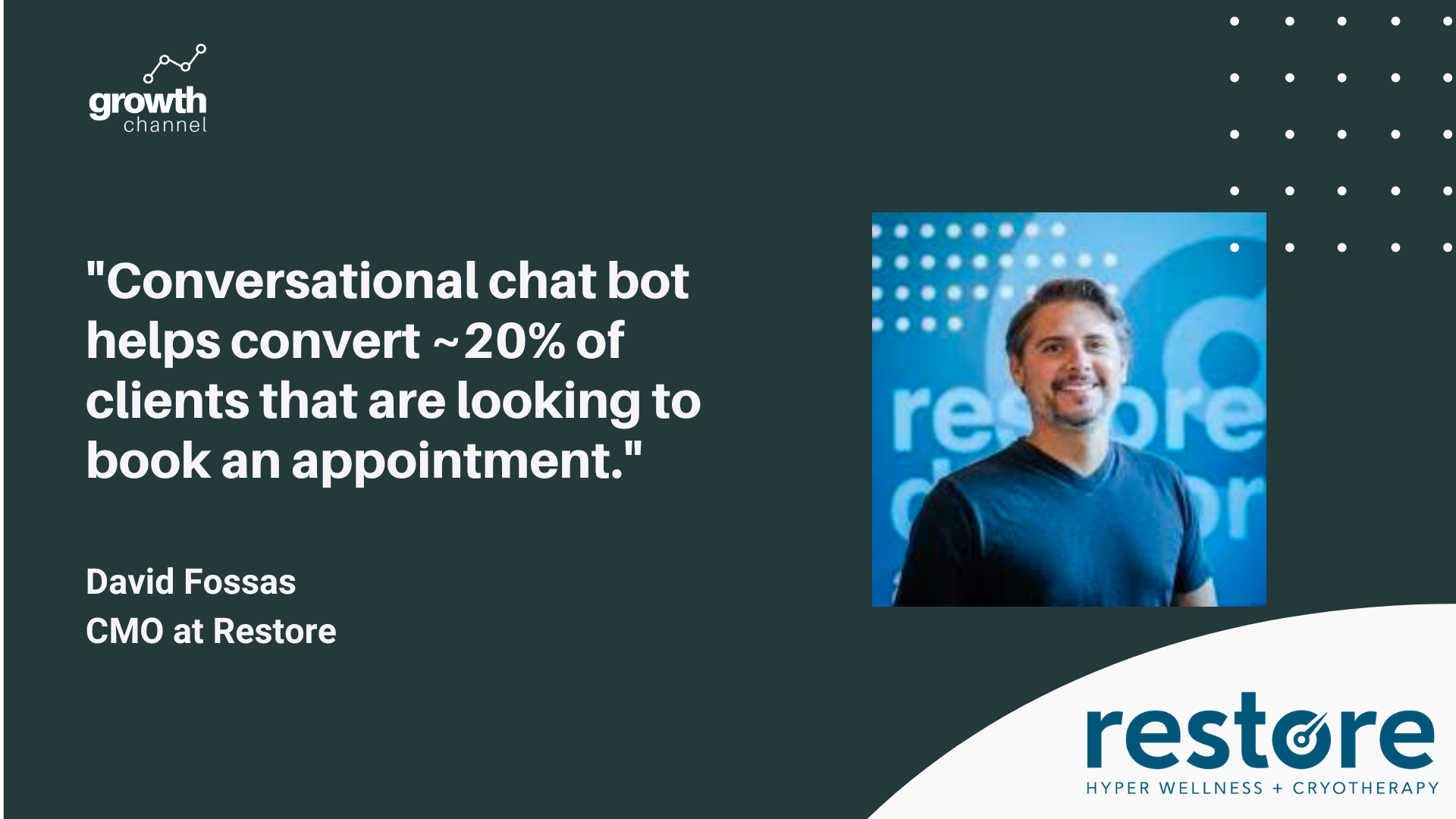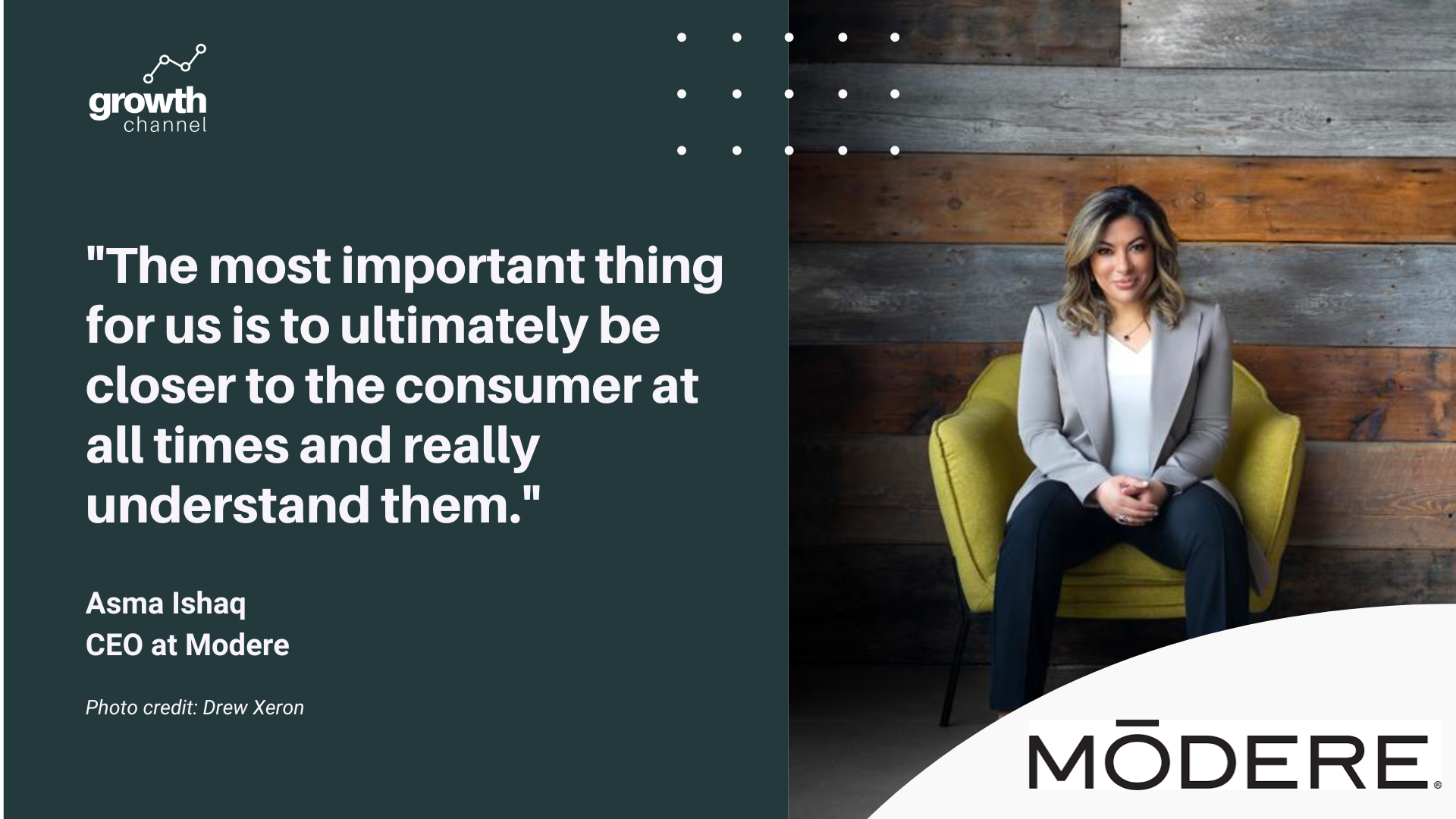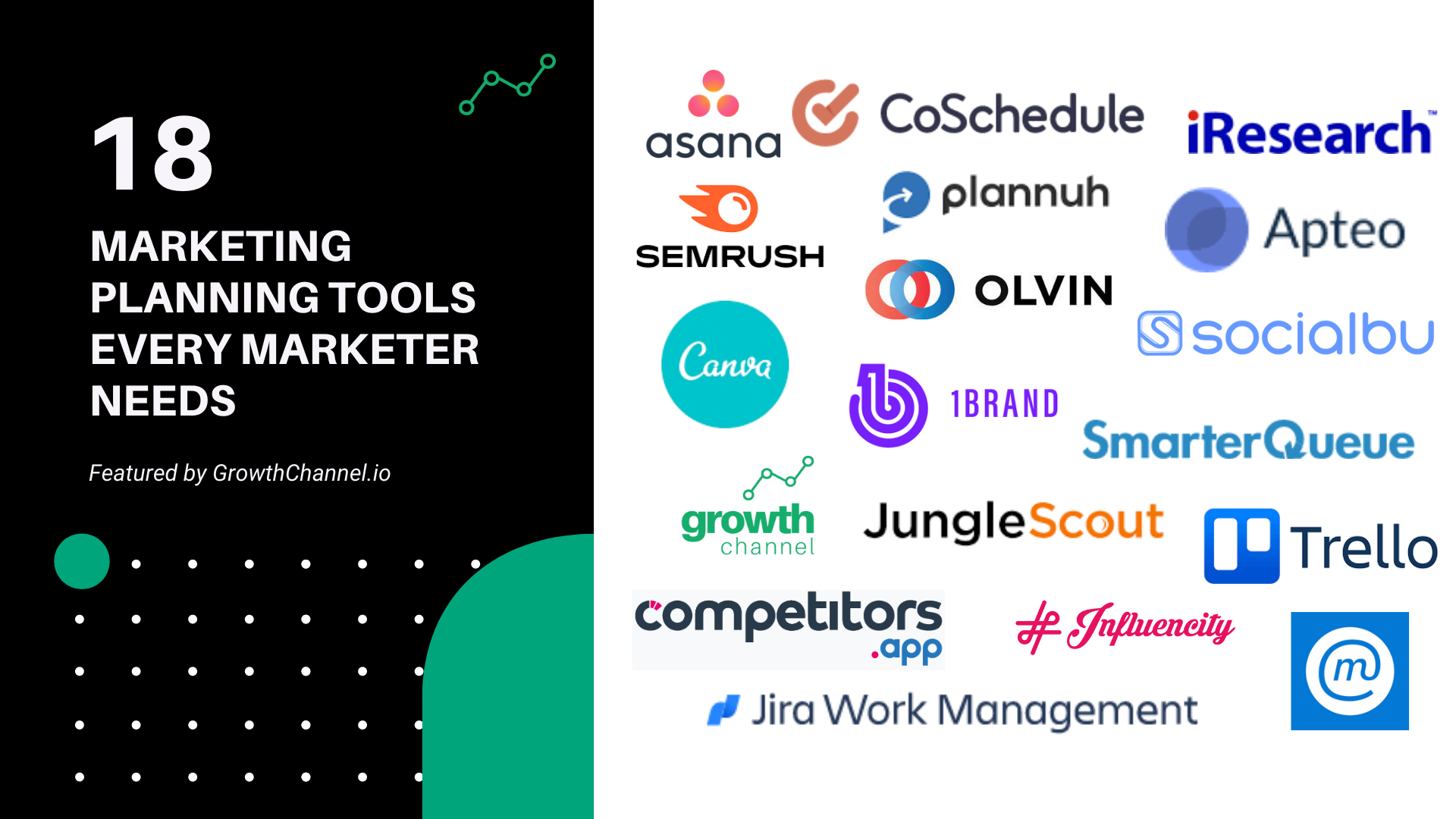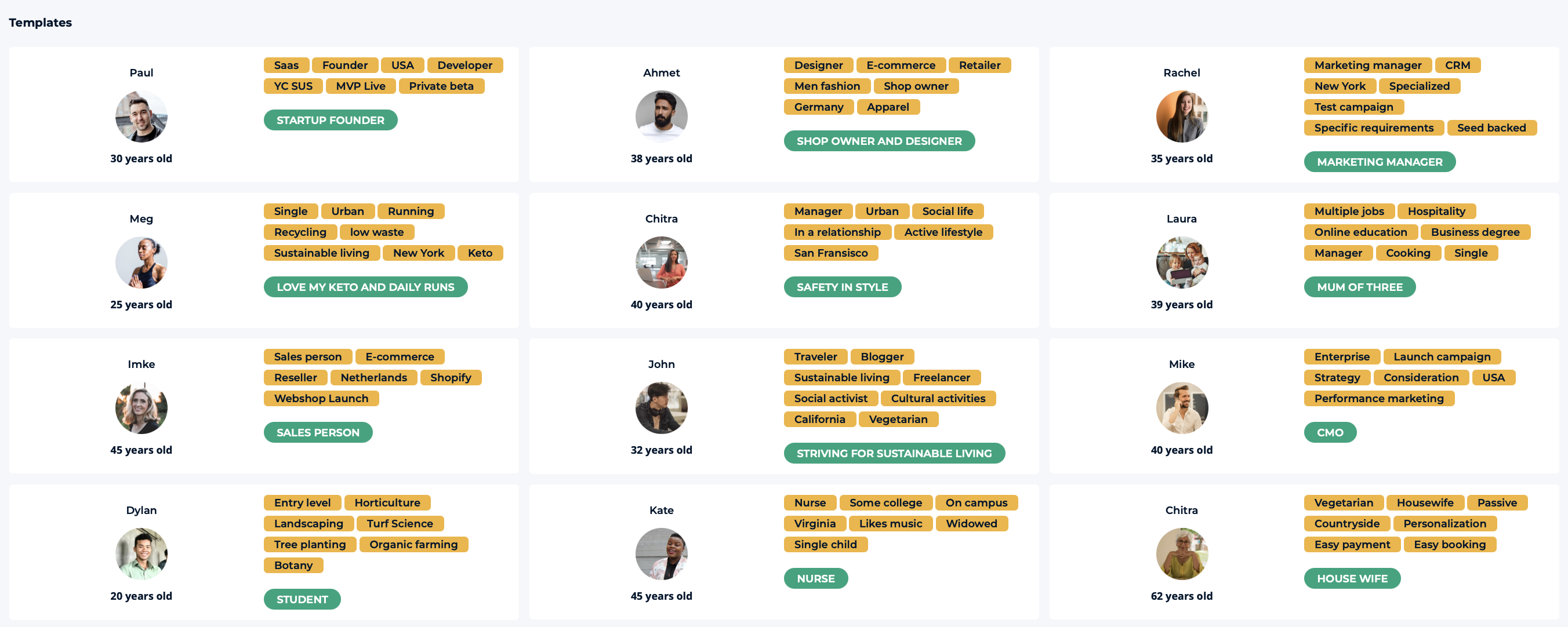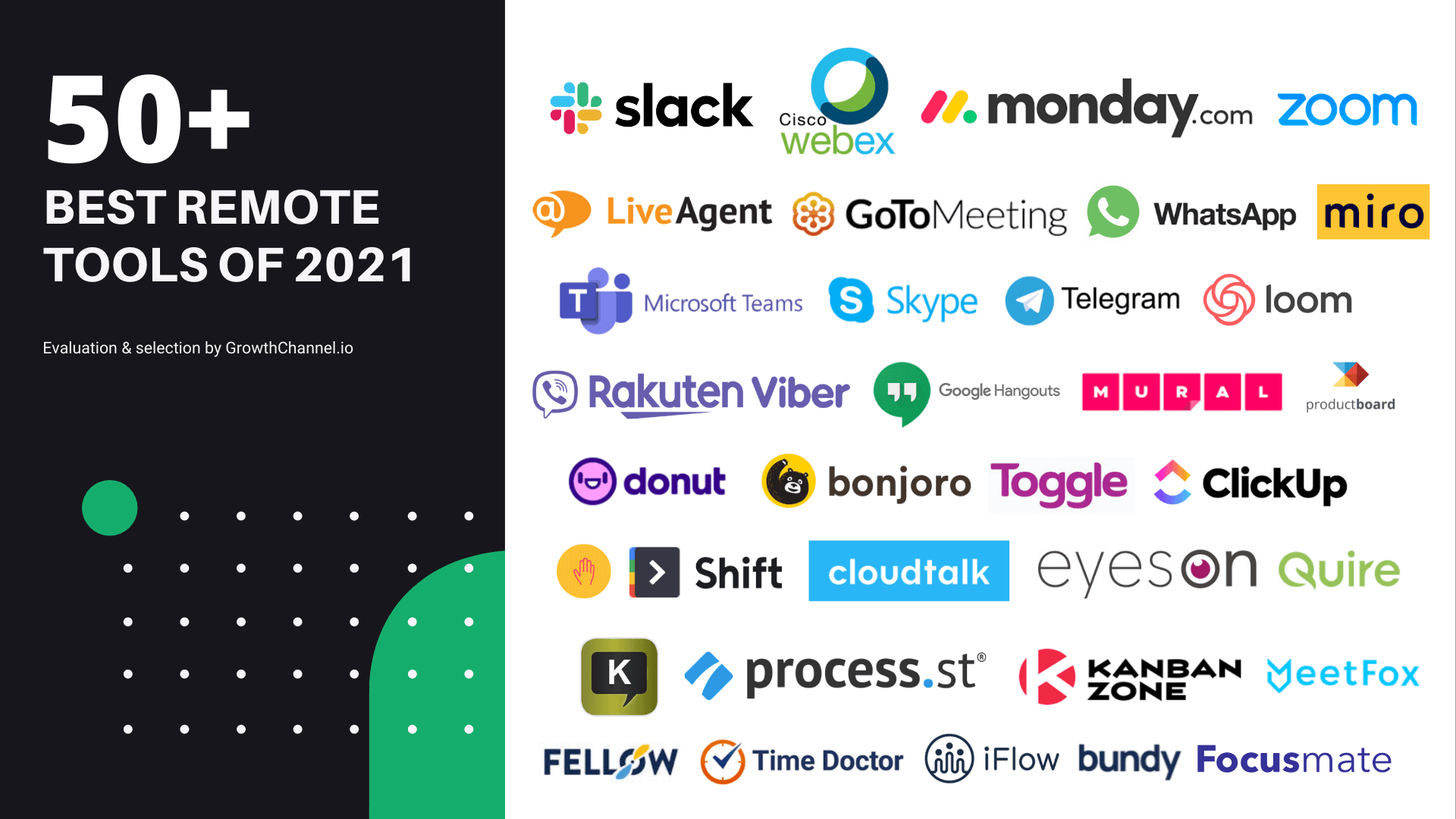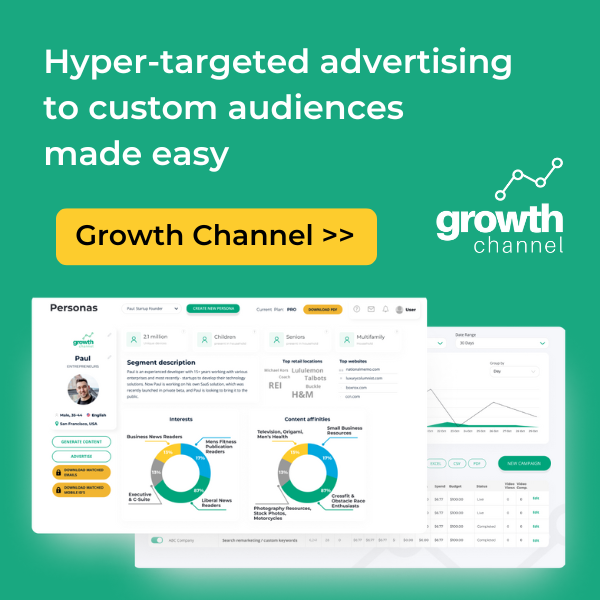We spoke with Nouria’s Innovation Technology Director, Joseph Hamza about how they’ve built a strong rewards program community by applying data insights into their marketing decision making.
Although Nouria has been around for over 33 years, their consumer-facing brand was only launched four years ago. So they had to establish all of the digital media presence from scratch.
What role does innovation play in your marketing operations?
“We established a rewards program, that's essentially an affinity program to fuel in-store customers. And this is where we've had great success with over 200,000 members through compelling promotions and discounts.”
“We're using primarily traditional media to market the brand, whether it's through local newspapers, ads, guerilla marketing, giveaways, and in-store promotions.”
“Our second version of the rewards program is build on Mobile. This is an all-in-one mobile ordering, payment, and rewards, in a single app. The program is expected to go live later this year.”
When you market the brand, you have to make whatever program you establish very intuitive, convenient, and simple for the customer to use.
What challenges have faced when applying technology and how you are overcoming them?
“The technology is changing so fast that by the time you implement one, either a new technology arises or another is already becoming absolute. There are so many solutions out there that some of them do the same thing, and some specialise in one area or another. So choosing the right solution has been a challenge. Like literally, I get 10s of solicitations a week from various providers for the exact same thing. And typically, the way we evaluate them is through case studies. We look at a solution, who's using it, how they use it, how effective it's been, how does it really help us, how much customisation does it need, do we need to have the program to implement it, is it something adaptable to our business, etc. On the other hand, we have an IT team, which is great at what they do but isn't always in the know about when it comes to marketing. They might understand it from the technology side, but they can't really articulate its benefits to the business. And that's another challenge we have. We're currently working on bringing a new role that understand both sides of the equation, the business side and the technology side.”
Can you describe the process and the different steps you're taking for marketing planning?
“In terms of the POS data that we get, it's a little bit cumbersome and that’s why we also have a relationship with Nielsen for the industry and market data. For example, it’s critical for us to know what product is doing well and in which market. With the different sources of data and ability to validate, we can connect all the dots that make up the big picture.”
What’s working today is creating a centralised data that looks at every aspect of a business within one context. This way we can understand the correlation of why, for example, some customers shop at certain locations for specific products.
“To understand when a customer is standing and pumping gas into a car, what they are doing at that point? Are they looking at their phone, are they looking at the store, are they looking at the pump, or the screen? And how can we best utilise those areas to communicate our offerings or to promote our products and our brand in that given moment.”
“We can see a very comprehensive market basket coming from transaction data. It’s a program that is like a regression analysis that correlates a set of products with other associated products. So we can see, for example, when customer bought a sandwich, what are they buying with that sandwich, how often, why in one store there's a higher product association with a single product versus another, and what factors are present in one location that are not present in any other. There's so much data right now, that if companies like us invest in the analytics, they can gain powerful insights from.”
“And essentially, the technology is not there yet. You still need someone with vast business experience to make sense of that data. But for the category analysts and marketing, a lot of younger talent who are new to the business cannot translate all data into conclusions. That is often because they don't have the relative kind of knowledge that would allow them to get the insights necessary to make some of those decisions. This is where a more senior data team is crucial.”
What are your marketing priorities for this year?
“The market used to be probably 50% creative and 50% data. I think that today, it's mostly based on data, and just around 25% creative.”
We're changing the way we think about marketing, and starting to look at ways to analyse and understand the customer behaviour through the lenses of the data that we're gathering, versus having to guess.
“Our goal is to shift into a much more “laser approach” versus what I call a “shotgun approach” that we used in the past. This is where we’d throw a number of things and say, “Okay, let's hope one of them works”. In becoming more data-driven, we're going to be much more efficient in terms of how we market, how we spend, and also more and more importantly, how we serve our customers. I'm very excited about the path that we're shifting towards.”


